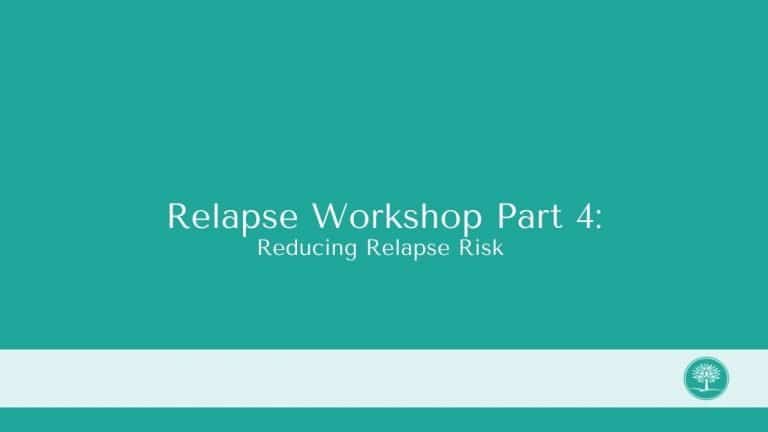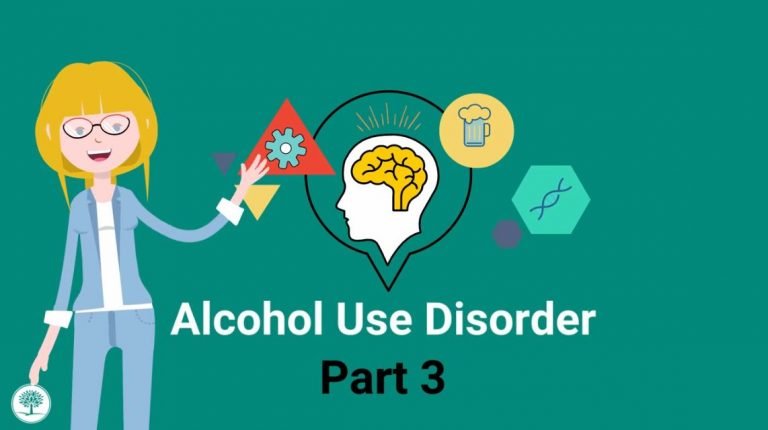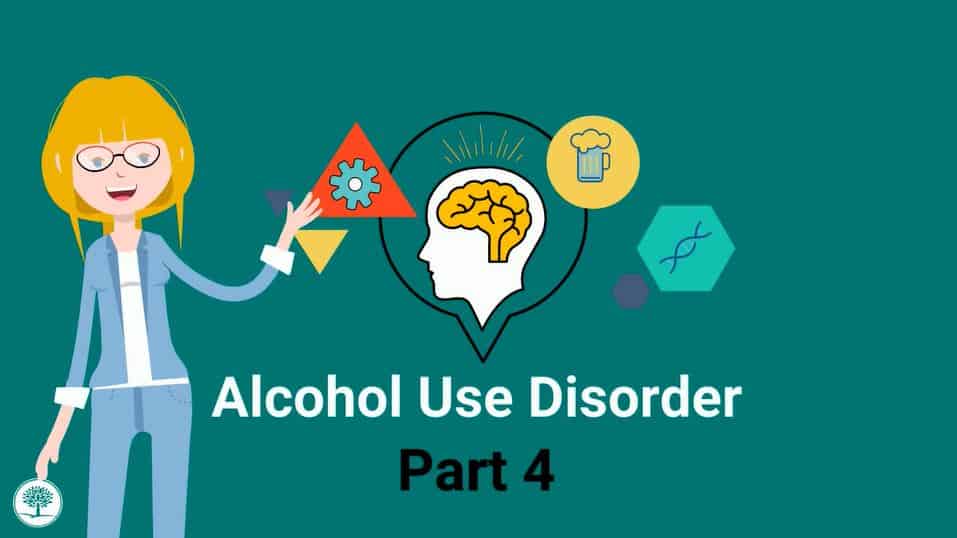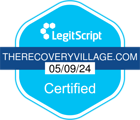Role Models
A consistent pattern found over the years, across a variety of studies and interviews assessing resilience in both children and adults, has been the experience of having at least one person who has provided admirable inspiration and support through beliefs, attitudes and behaviors.
Think about someone you admire, look up to or someone who has truly inspired you, whether in the past or present. This could be a teacher or coach, a family member, an athlete or a fictional character, to name a few. What characteristic(s) held by this individual have made an impression on you?
Characteristics that stand out to you might include that person’s beliefs or attitude, and even behaviors you’ve observed. Think about what may have motivated this person or how they motivate you, as well as what support they give or may have received. Finally, think about how their experiences may have shaped their self-esteem, or how a mentor has impacted yours.
In addition to positive role models, we need to be aware that there are certainly role models that may not create a positive experience, or may only have their personal interests in mind, with more of a self-serving attitude and accompanying behaviors. These role models may offer a false sense of support and create mistrust and lack of self-esteem in those who may not have a balanced experience with positive, caring and supportive role models. On the other hand, many use these negative role models as motivation away from what they do NOT want to imitate. Can you think of any examples of this from your personal life? (pause)
Ok, let’s move on, but be sure to keep these examples in mind as we will circle back to this later…
So, you’re already an amazing human and have experienced a host of challenges, but how can you utilize your experiences and understanding of role models to improve your own resilience, and… just become a better person, friend, parent or co-worker? One way to approach this is through imitating those you have found to be positive role models in your life. What were those characteristics you admired and how can you emulate this in various ways? If this seems too far-reaching, for example, if you look to Ghandi or Mother Teresa as a role model, who so selflessly devoted their lives to others, how else can you break down a way to translate their ability to give and lend help to others in your own life? What would that look like for you?
For example, choosing to work in a helping profession or donate your time toward volunteer work may be a way to emulate these characteristics you admire. Additionally, you can make steps to reach larger goals by thoroughly observing the skill or characteristic you aspire to, and breaking it into smaller pieces that you can build upon. None of this happens overnight! Continue to evaluate and practice this imitation in your life, and ask for constructive feedback where from others you identify as experts or skilled.
So, how will this make you more resilient? Great question!
Although this may sound a lot like the common phrase, “fake it ‘til you make it,” the impact of modeling someone with characteristics that align with your values, beliefs or goals is very real. By additionally setting goals to BE a role model, you can work to encourage others, find solutions instead of problems, build strengths, share your values and purpose, extend your support system and educate others. We encourage you to engage in the next module of questions so you can start exploring how modeling can improve your resilience.
Role Models Questions:
- Think of one positive role model you’ve had either as a child, adolescent or adult, and write up to 3 characteristics (e.g. beliefs, behaviors, attitudes, motivators, etc.) you admire about this person.
- Can you describe 3 specific ways in which you can imitate the characteristics of this person in your personal or professional life?
- How might you use examples from a negative role model to promote resilience in your life?









